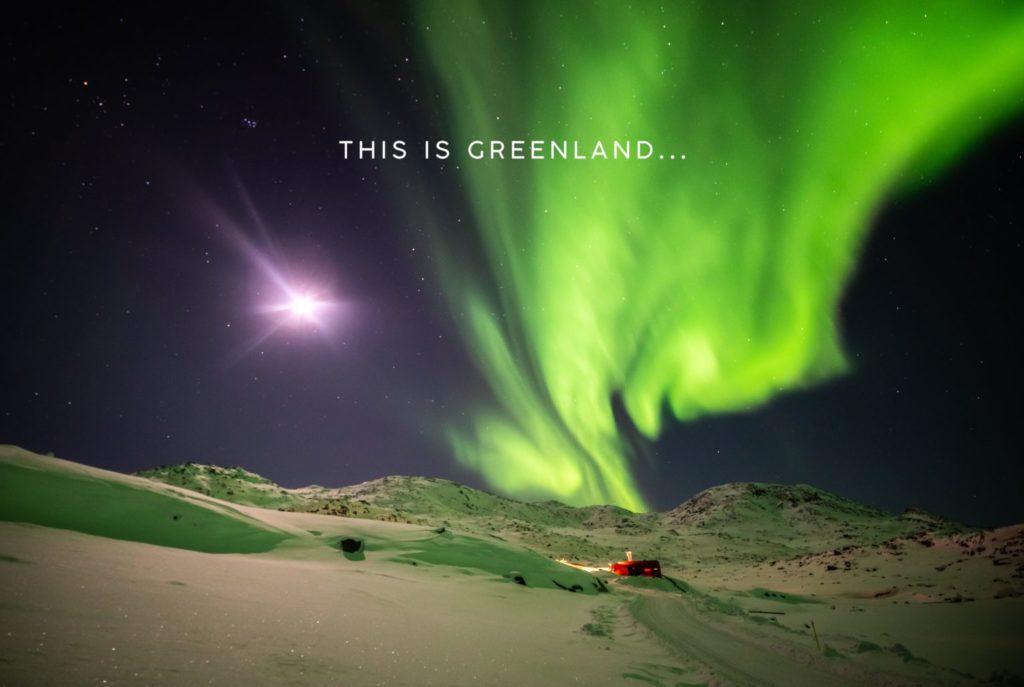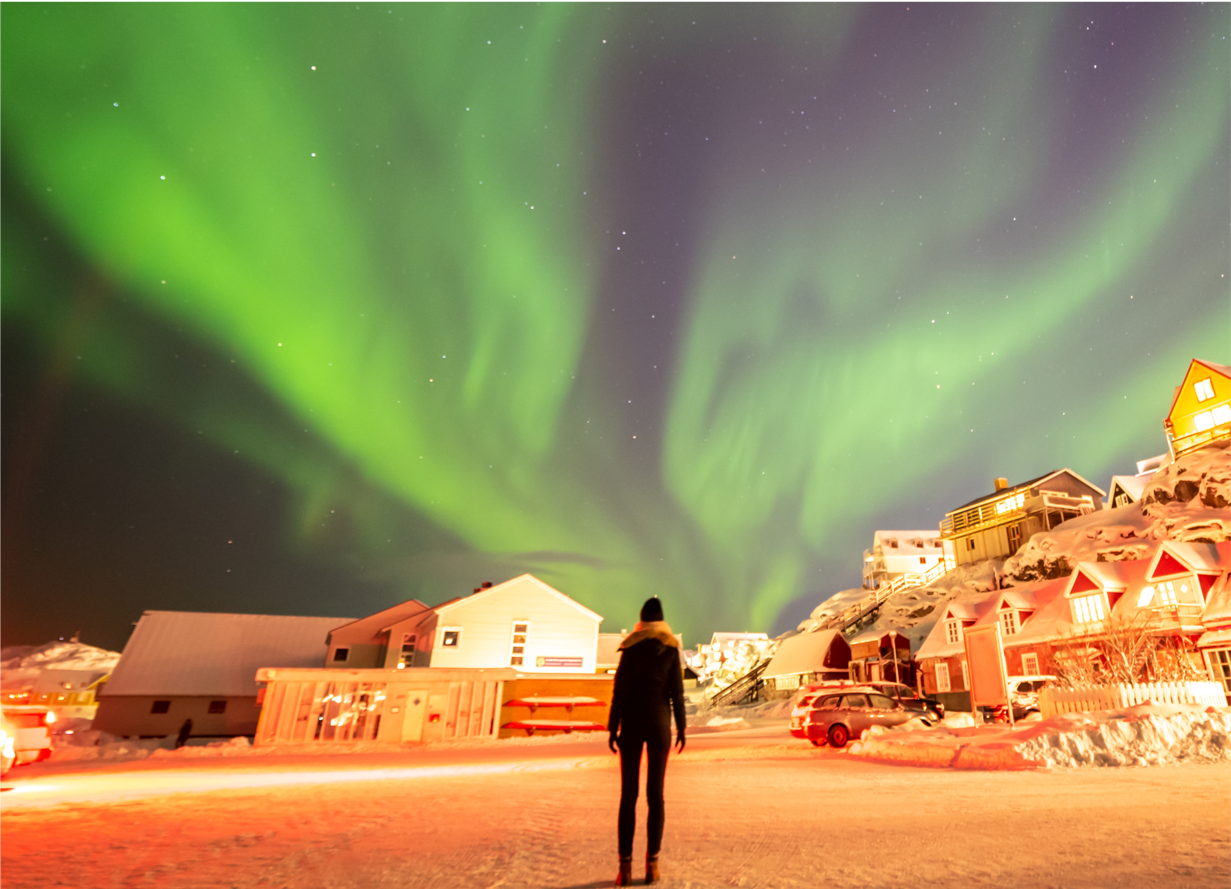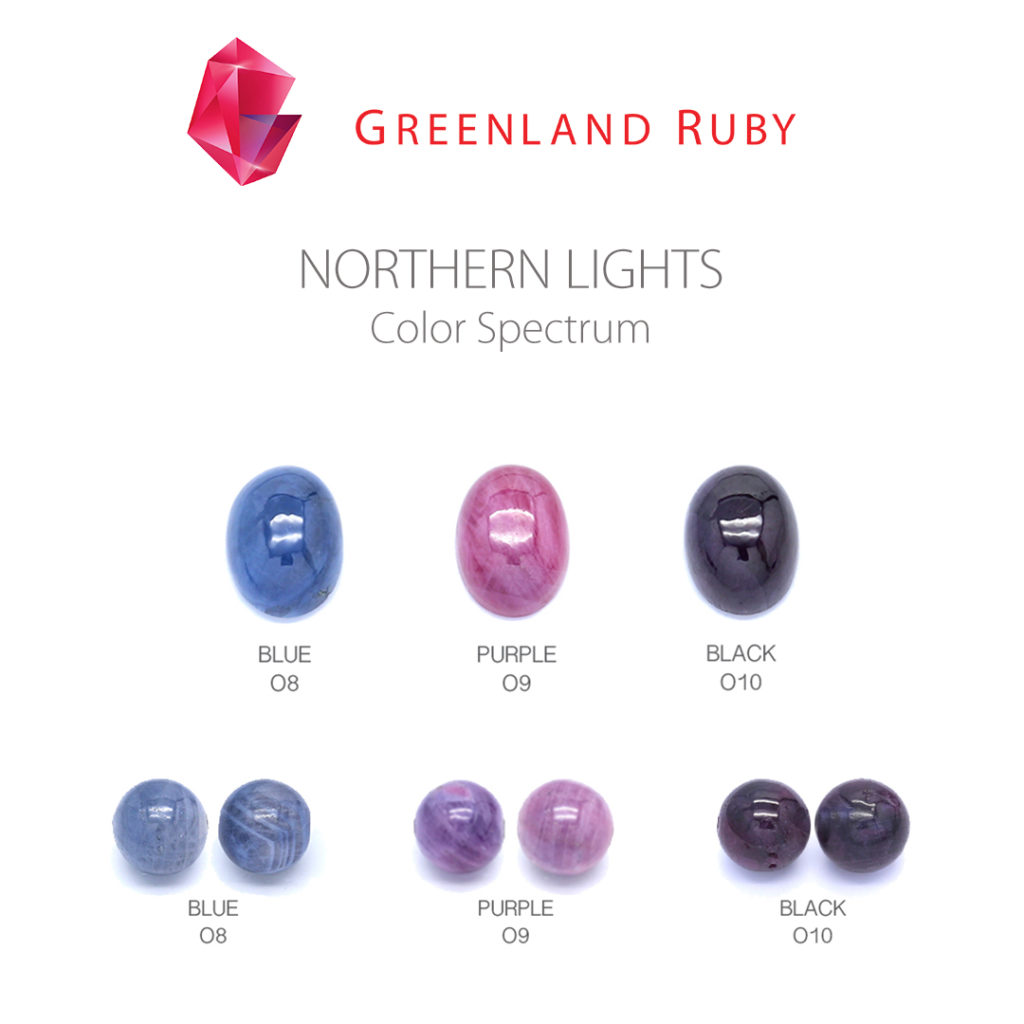In Awe of the Aurora!
The Northern Lights and Greenland’s Natural Beauty
With the changing of the seasons, our friends and colleagues in Greenland start preparing themselves for the long winter months ahead. Temperatures plummet, days shorten, and the starry night sky becomes a stage for the most spectacular light show on earth – the Aurora Borealis! Envision yourself surrounded by newly fallen fresh snow covering the majestic mountains on the biggest island in the world. As your eyes adjust and scan the landscape, the horizon entices you to glance up into the sparkly sky as the quiet wraps its arms around you in a comfortable embrace.
And then it starts, nature’s very own light spectacle! Welcome to the Northern Lights! Here goes! Flickering green, purple, reddish-pink, and white, against black! You can hardly believe your eyes!

The Northern Lights, or Aurora Borealis, as it’s been called by Galileo, have bewitched us for millennia, and occurs throughout the lengths of the Arctic Circle. As is the case with most ‘unexplained’ natural phenomena, human beings have marveled and created myths and legends around this spell-bounding occurrence.
The ‘Lights’ have played a role in the traditional beliefs of the Greenlandic Inuit for generations. The Greenlandic word for the Northern Lights is “Arsarnerit” which means “those who play ball”. According to ancient folklore, the mythical and almost magical lights appear in the sky when souls of the deceased play ball with walrus skulls! On an even more macabre note, another legend links the shimmering lights with souls of still-born babies.


In Reverence of the Northern Lights
From September to the beginning of April, minimal light pollution in Greenland allows eager spectators the most incredible opportunity to experience the Northern Lights as they unfold, sometimes for minutes, sometimes for hours-on-end, changing in intensity and color. Actually, the ‘Lights’ occur all year-round, but due to the endless daylight during the Summer months, they can only be seen on dark winter nights. Travelers from all over the world explore some of the most isolated of Northern territories to witness this eluding light extravaganza.
Behind the Scenes: History and Science
When electrically charged particles from the sun collide with molecules and atoms in the Earth’s atmosphere, fluttering curtains of light skim across the auroral zone causing a mesmerizing experience of color. This marvelous celestial occurrence happens about 100km from the Earth and is seen in both the North and South Pole – in the South it is called the Aurora Australis. Interestingly enough, both Jupiter and Saturn experience auroras too.
Inspired by this extra-terrestrial phenomenon, Greenland Ruby has named our grey, purple, and black opaque sapphires, the ‘Northern Lights’ Color Spectrum.

